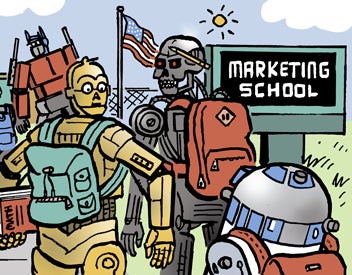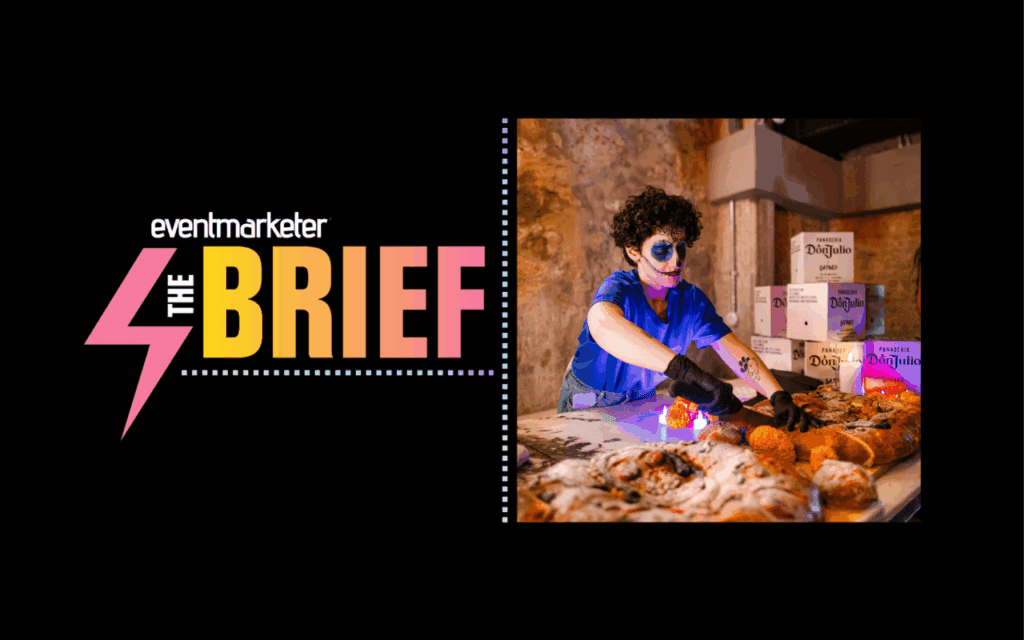Massive, passionate women’s marches across the globe, coordinated through social media. Protests over Trump’s immigration ban and American discord about other social and political issues raged on city streets. We’re in a brave new world where consumers are standing up and making their voices heard—and this is having a major impact on how marketers are adapting their campaign messaging and execution.

“The majority of Americans think we’re meaner, more divisive,” Alex Ho, executive director of marketing at American Greetings, says. “It is fair to say that we are at a moment in time that is changing the backdrop of this consumer and we need to protect our brands in the environment we market in. The world is a little bit disorienting right now.”
Take Uber. Users accused the company of profiting from offering airport rides during protests against Trump’s immigration order and protesters packed the airports. And when CEO Travis Kalanick announced that he would join the Trump Advisory Council, competitor Lyft grew users. The #DeleteUber hashtag began circulating and 200,000 accounts were reported to be deleted. And while that’s just .05% of overall users, Kalanick quit the council. Users voices had been heard.
“The CEO did step away from the Presidential Business Council, but the point is something happened and it’s going to happen again,” Ho says today at the ANA Brand Masters Conference. “Three weeks ago it was Uber. Are you ready for what can happen in today’s consumer-powered world?”
To operate in this new culture, American Greetings is compelled to have a conversation with consumers, to build loyalty and relationships to serve the business long term. The key, Ho says, is to find shared value with consumers, to find a conversation grounded in purpose, like Pedigree’s purpose that every dog deserves a loving home. For American Greetings that purpose is defined as “making the world a more thoughtful and caring place.”
There is a secret formula, Ho says, that includes three essential ingredients to effective brand marketing.
1. Single minded purposeful position
2. Deep and provocative consumer insight
3. Engaging execution
Those three ingredients were put to work to fight the perception that, in this digital world, greeting cards are dead. That led to a disruptive marketing approach to show that Analog greeting cards can coexist with digital.
“People have never been more connected, but feel more disconnected,” he says.
To make its point, last year American Greetings went to SXSW to stage an experiential execution to demonstrate the power of analog in the digital landscape. It took over a space at 325 E. 6th Street in Austin for three days where visitors could make cards. It left the festival with the distinguished title as one of the top five experiential activations at SXSW, Ho says. With that success in hand, the brand wanted more.
It upped its game, staging a space at the largest conference in the world, CES in Las Vegas last month. It may seem odd to pair with the largest electronic innovation show around, however the idea was to show once again that analog communications and digital could coexist. The 111-year-old company introduced the concept “A Device Like No Other”: A vague and intriguing teaser campaign to build traffic to its experiential space at CES. The 15-second video revealed nothing and appeared in airports, taxi cabs and targeted social media driving to people to the “secret” showroom. People packed the event space, writing more than 2,400 greeting cards that were mailed by American Greetings.
“We knew that a frequency of one is not enough. We needed to follow up. We needed a sequel,” Ho says.
Related articles:
Three Ways to Put Humanity Back into Digital Marketing
Top 10 Trends to Transform Digital Marketing in 2017



